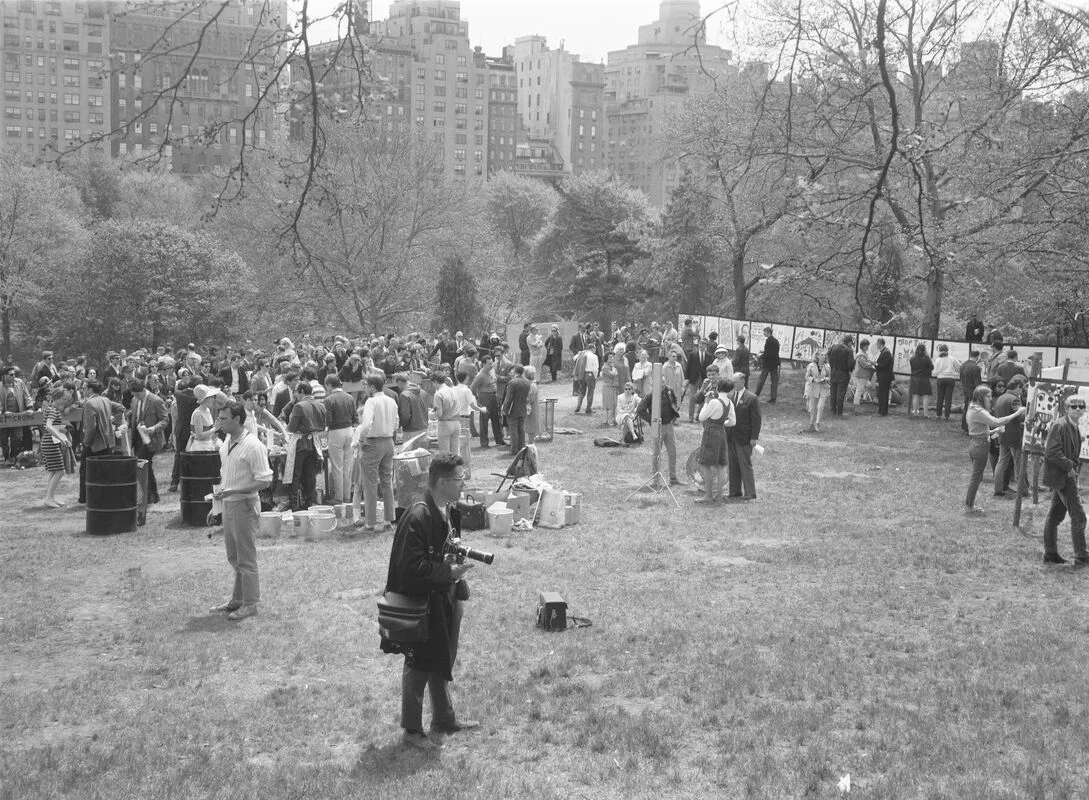New York Sports: Glamour and Grit in the Empire City
Reviewed by Tony Collins
2018 wasn’t a great year for sports fans in New York. It ended with the Jets and Giants finishing last in their conferences, while the Knicks and the Nets spent the 2017-18 season fighting over the keys to the Atlantic Division’s cellar. And, with the exception of the Yankees, baseball and hockey fared little better.
But everyone in the city knows that things will change. This, after all, is the city that pretty much invented modern American sports.









